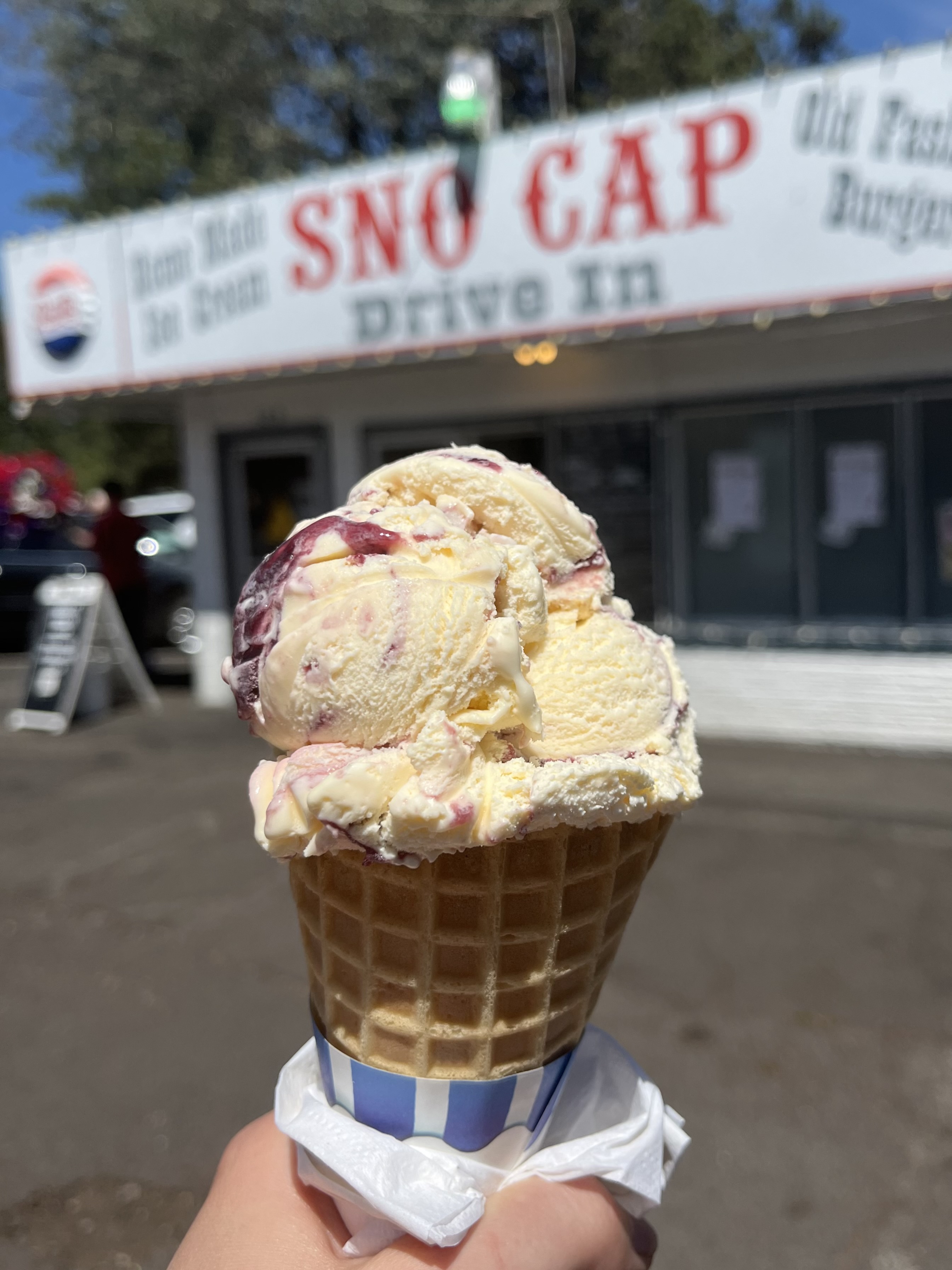Editorial: BLM plans better wild horse controls
Published 12:00 am Wednesday, April 9, 2014
It has a long way to go to completion, but the proposed 2015 budget for the federal Bureau of Land Management contains good news for Central Oregon.
The agency will increase spending on wild horse management, and it will continue its efforts to improve sage grouse habitat in an effort to forestall the bird’s listing under the Endangered Species Act.
Trending
Wild horses are a huge and growing problem for the BLM. Ever since the animals came under federal protection in 1971, the agency has struggled to find a way to check their population across 10 Western states, including Oregon. It has removed more than 100,000 critters from the open range in just the last decade, and today some 35,000 sit in pens across the West. Another 38,400 remain in the wild.
Worse, according to a 2013 report by the National Academy of Science, the roundups may actually increase horse populations. The report recommends greater focus on controlling wild horse fertility and less on roundups as a way to solve the problem.
The agency seeks to more than double its spending on fertility control, to $4.8 million in the coming year, up from $2 million in the current one.
It had to do something. In fiscal year 2013, the BLM’s complete wild horse management budget totaled more than $71 million, and well over half — $46.2 million — went to the care and feeding of captured animals. It’s an unsustainable model that is no good for animals and hasn’t checked horse populations in any serious way.
Controlling horse fertility is a logical step, meanwhile, despite critics who complain the animals shouldn’t be exposed to the chemicals in equine birth control medications. Given that Americans insist on maintaining creatures whose historic claim on the land ended when they went extinct in the western hemisphere 12,000 or more years ago — and were reintroduced by the Spanish in the 1500s — the idea that they’re a native species is nonsensical, and controlling their population is vital to the health of the High Desert’s environment.








